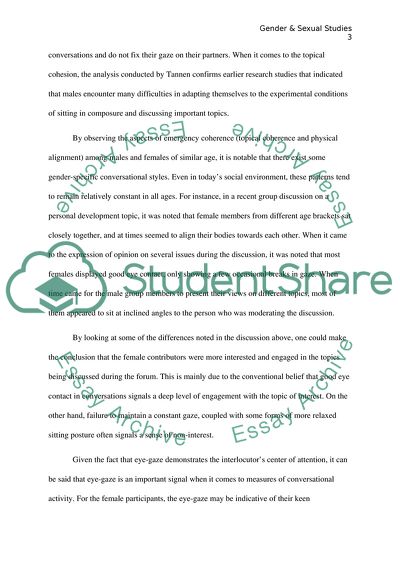Cite this document
(Gender and Discourse Essay Example | Topics and Well Written Essays - 1250 words, n.d.)
Gender and Discourse Essay Example | Topics and Well Written Essays - 1250 words. https://studentshare.org/gender-sexual-studies/1864319-gender-and-discourse
Gender and Discourse Essay Example | Topics and Well Written Essays - 1250 words. https://studentshare.org/gender-sexual-studies/1864319-gender-and-discourse
(Gender and Discourse Essay Example | Topics and Well Written Essays - 1250 Words)
Gender and Discourse Essay Example | Topics and Well Written Essays - 1250 Words. https://studentshare.org/gender-sexual-studies/1864319-gender-and-discourse.
Gender and Discourse Essay Example | Topics and Well Written Essays - 1250 Words. https://studentshare.org/gender-sexual-studies/1864319-gender-and-discourse.
“Gender and Discourse Essay Example | Topics and Well Written Essays - 1250 Words”. https://studentshare.org/gender-sexual-studies/1864319-gender-and-discourse.


